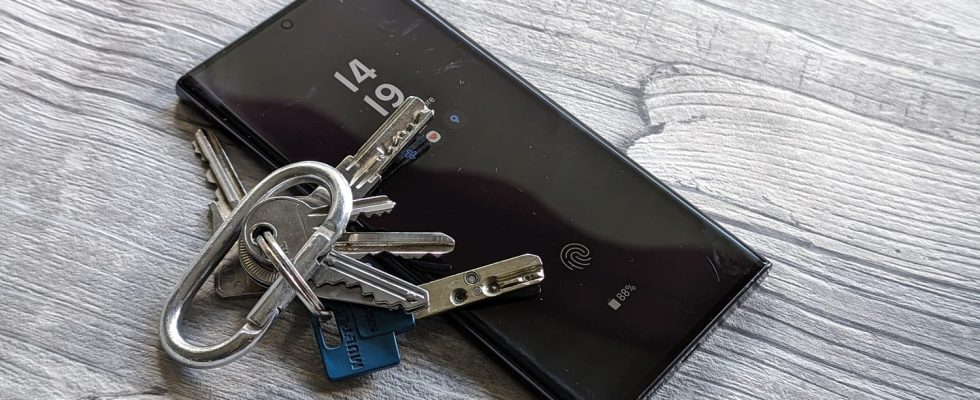After a few weeks of use, your brand new smartphone has some scratches on the screen? If they are not too deep, it is possible to attenuate them. Here are several simple and effective recipes.
A smartphone is obviously not designed to remain neatly placed flat on a desk. It accompanies you everywhere every day, on all your trips. And he is sometimes mistreated. Slipped into a pocket in a hurry, into a handbag or a backpack, it can come into contact with various objects that it would prefer to avoid. Keys, coins, lighters, pens… regular or occasional friction against the surface of its screen can lead to the appearance of more or less deep scratches. And, while mobile manufacturers adopt increasingly resistant glass on their devices, scratches continue to become more entrenched. How is it possible ? In fact, the glass that protects smartphone screens is increasingly resistant to breakage, which prevents them from falling apart with the slightest fall. But they are generally protected themselves by a very thin film applied at the factory. It is he who suffers from scratches and other scrapes. For example, a Samsung Galaxy S23 Ultra benefits from Corning Gorilla Glass Victus 2 glass, the most resistant to date. This does not prevent it from showing beautiful scratches after several months of use!
If your mobile screen is marked with a few scratches that are not too deep, you can use certain techniques to reduce them. Unfortunately, there is no miracle treatment to completely eliminate them, contrary to what we can read here and there on the Web.
Good tips for removing scratches from a screen
You probably have a bottle of sunflower, rapeseed or peanut oil in your kitchen. Apply a few drops to the scratches visible on the screen and leave to act for about five minutes, rubbing lightly with a soft cloth. After this exposure time, gently wipe the screen using a clean, dry cloth. The scratches are a little toned down. The thinnest ones may even have disappeared. The operation only works temporarily. You will probably need to repeat the treatment regularly.
The baking soda paste technique requires a little more preparation. Dilute two teaspoons of food-grade sodium bicarbonate (available in all supermarkets) with one teaspoon of water in a small glass. Mix until you obtain a homogeneous paste. Gently spread this paste on the scratched surface using a cloth that does not absorb water – especially not absorbent paper which, by removing the water, will harden the paste! Make circular gestures. Wipe away paste residue with a soft, dry cloth. If the scratches are not too pronounced, they can be softened well.
If you do not use sodium bicarbonate, it is possible to make an identical paste using talc. Breakable and very soft, it dilutes better in water. It is also possible to sprinkle it directly on the screen (in a small quantity) and spread it delicately, always with a circular gesture, on the scratches.
Products that should definitely not be used on a screen
Contrary to what you can read on the Web, applying toothpaste to the scratches on your smartphone screen is of no benefit. Last year, the manufacturer Xiaomi even released a short video to demonstrate the uselessness of this process. Worse, it is even not recommended since toothpaste can damage the protective layer which limits fingerprints. Likewise, it is strongly recommended not to use chemical products designed to renovate the plastics of car headlights. They are too aggressive with the protective film applied at the factory on the screen and can damage it causing more harm than good.
To avoid scratches and scuffs, it is best to anticipate them. To do this, when buying your next smartphone, also consider purchasing a protective glass or film adapted to your model. There are dozens available on the Web for prices between 10 and 20 euros.

Tempered glass, plastic film or hydrogel, they are easy to install and act as a good first line of defense against scratches. Furthermore, they can be easily removed to be replaced when damaged. This is not the case for the film affixed in the factory which requires a short visit to the after-sales service to be replaced.

